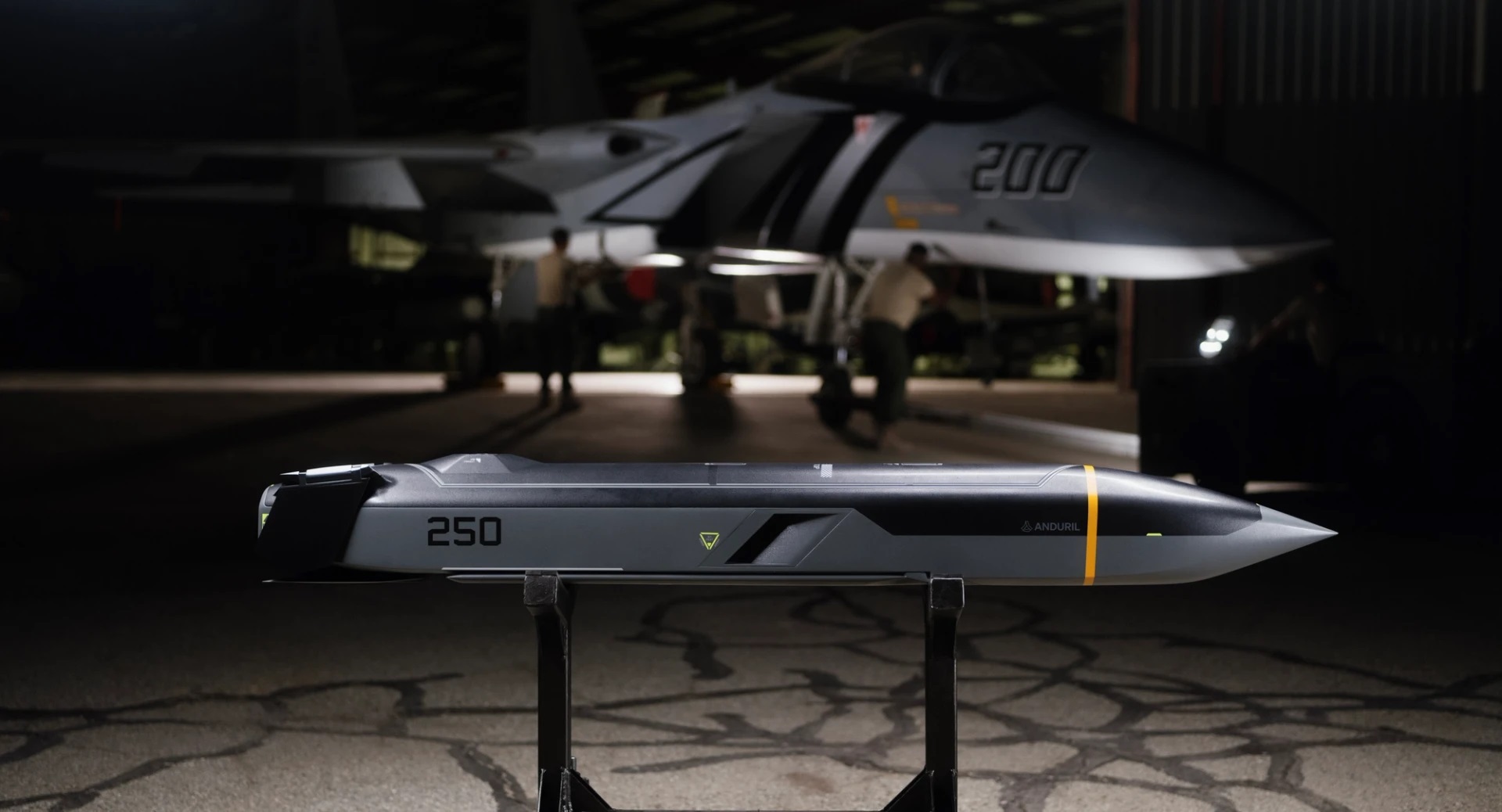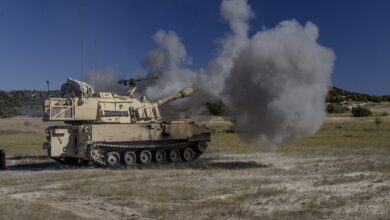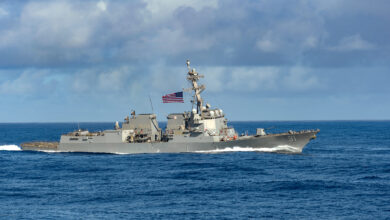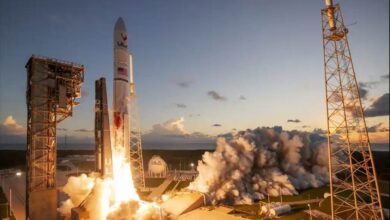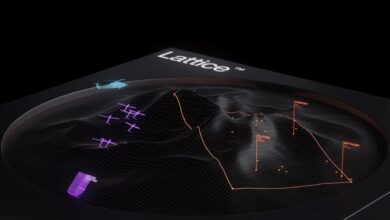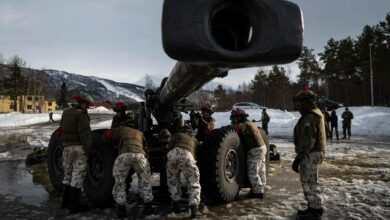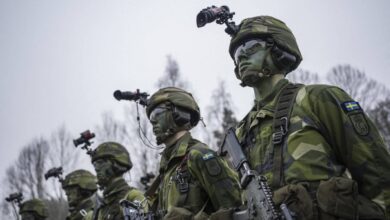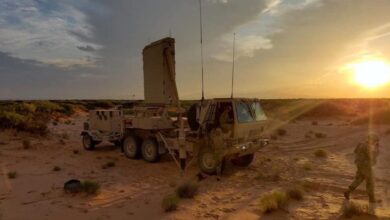Anduril Introduces Barracuda-M Family of Low-Cost Cruise Missiles
Anduril Industries has unveiled an innovative family of cruise missiles that reportedly requires fewer than 10 tools to assemble and is 30 percent cheaper than comparable weapons.
Called the Barracuda-M, the low-cost munition is designed to provide warfighters with an adaptable and upgradable capability to address both current and emerging threats.
It is equipped with a guidance system to accurately neutralize static or moving targets through body-to-body contact, supporting direct, stand-in, or stand-off strike missions.
It can be launched from a variety of ground, air, and land platforms, including the latest fighter jets, helicopters, surface vessels, and drones.
The weapon also features a range of common subsystems to ensure it can be rapidly optimized to meet evolving needs.
Variants
The Barracuda-M comes in three variants: Barracuda-100, Barracuda-250, and Barracuda-500 — each offering unique capabilities.
The Barracuda-100 is the smallest and shortest-ranged version, with a maximum payload capacity of 35 pounds (15.8 kilograms) and an operational range of up to 85 nautical miles (157 kilometers) when launched from the air.
The Barracuda-250 offers the same payload capacity, but has a greater strike range of 200 nautical miles (370 kilometers).
Anduril said this version is well-suited for combat jets and bomber aircraft, as well as for High Mobility Artillery Rocket System (HIMARS) launchers.
The Barracuda-500, meanwhile, boasts a superior payload capacity of 100 pounds (45 kilograms) and a range not exceeding 500 miles (800 kilometers).
Supports Hyper-Scale Production
According to the manufacturer, the Barracuda-M is the “most producible cruise missile” on the market, as a single munition takes 50 percent less time to produce.
It also requires 50 percent fewer parts, enabling affordable, large-scale production.
“Barracuda is purpose-built to bring mass to the fight,” Anduril stated. “Barracuda production rates are designed to keep pace with the threat and can be doubled on-call to meet short-term surges in demand.”

